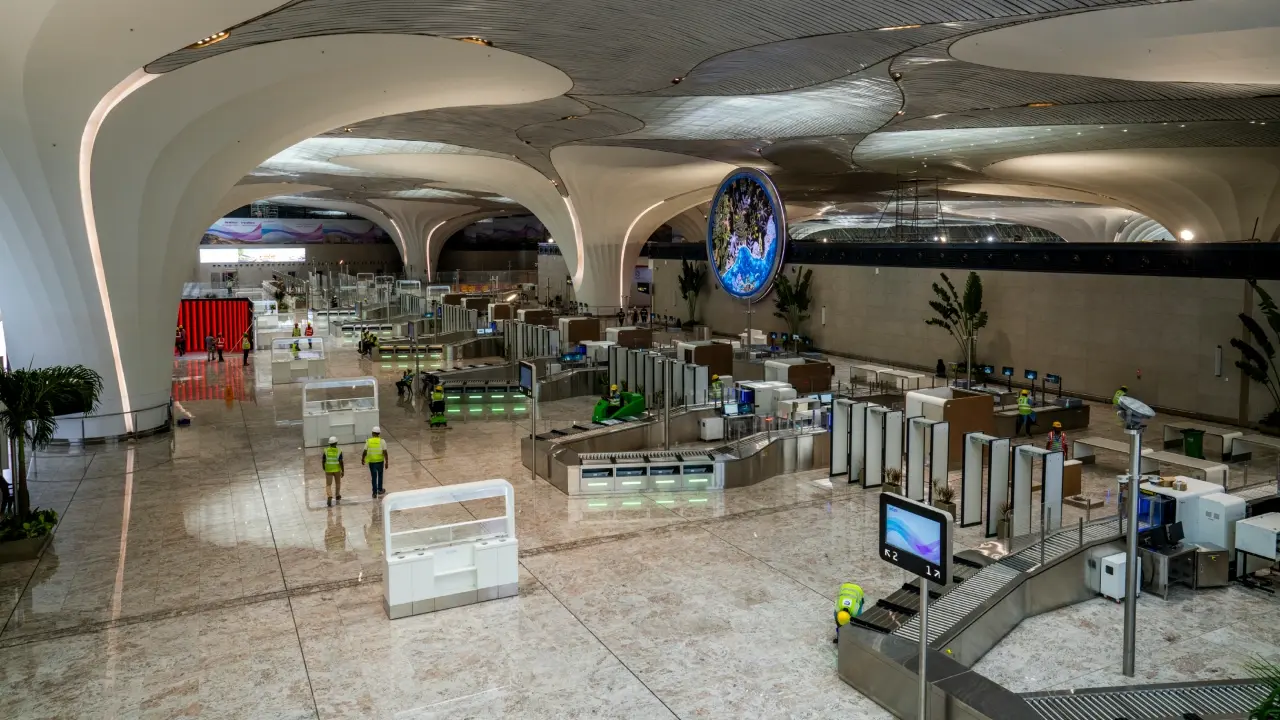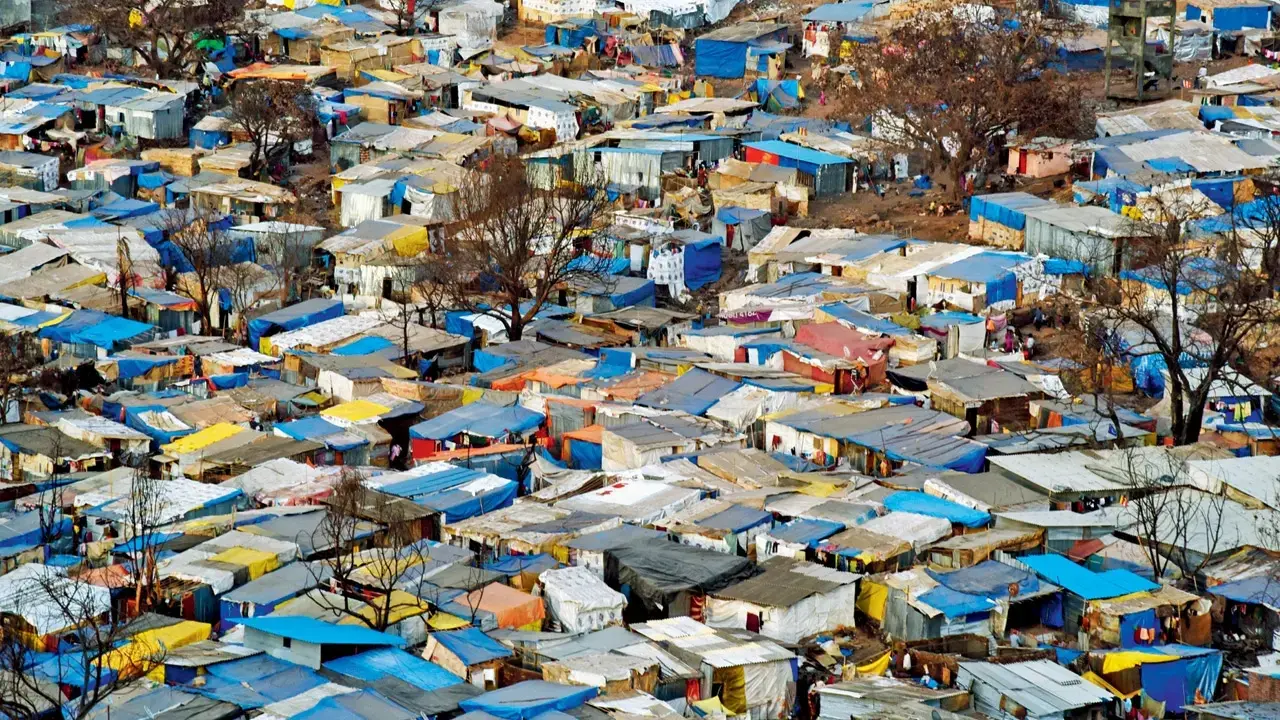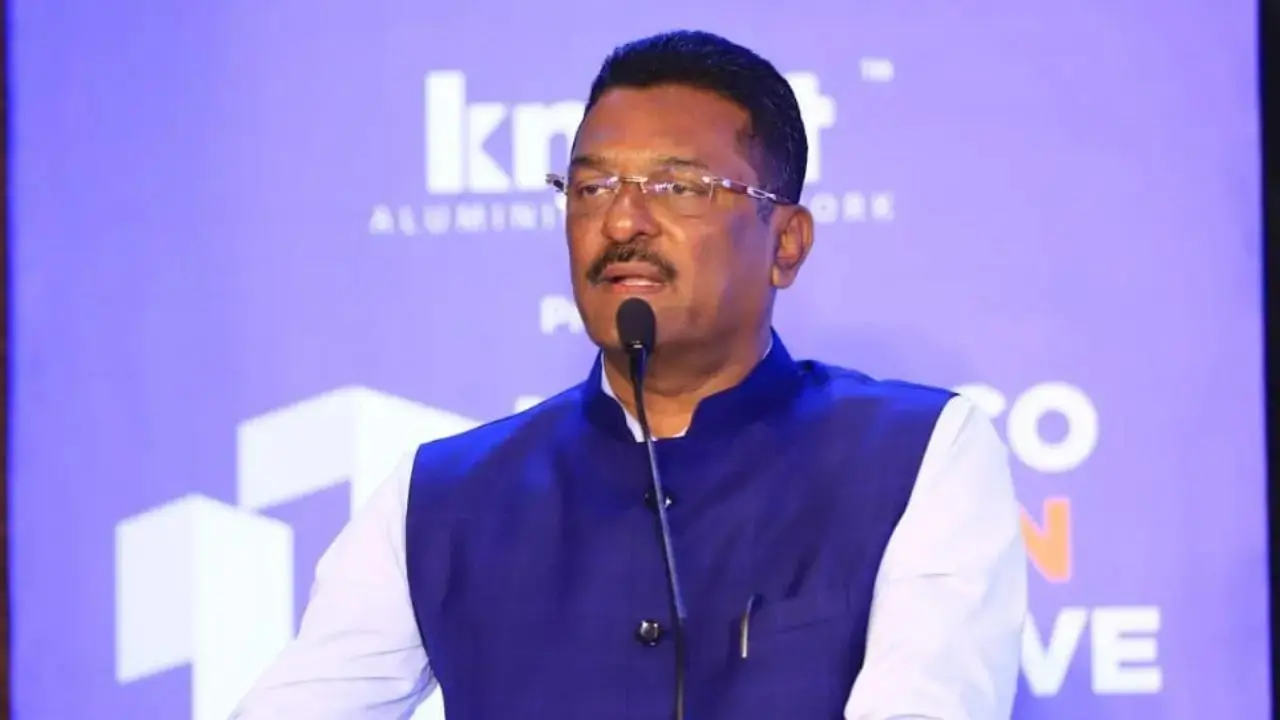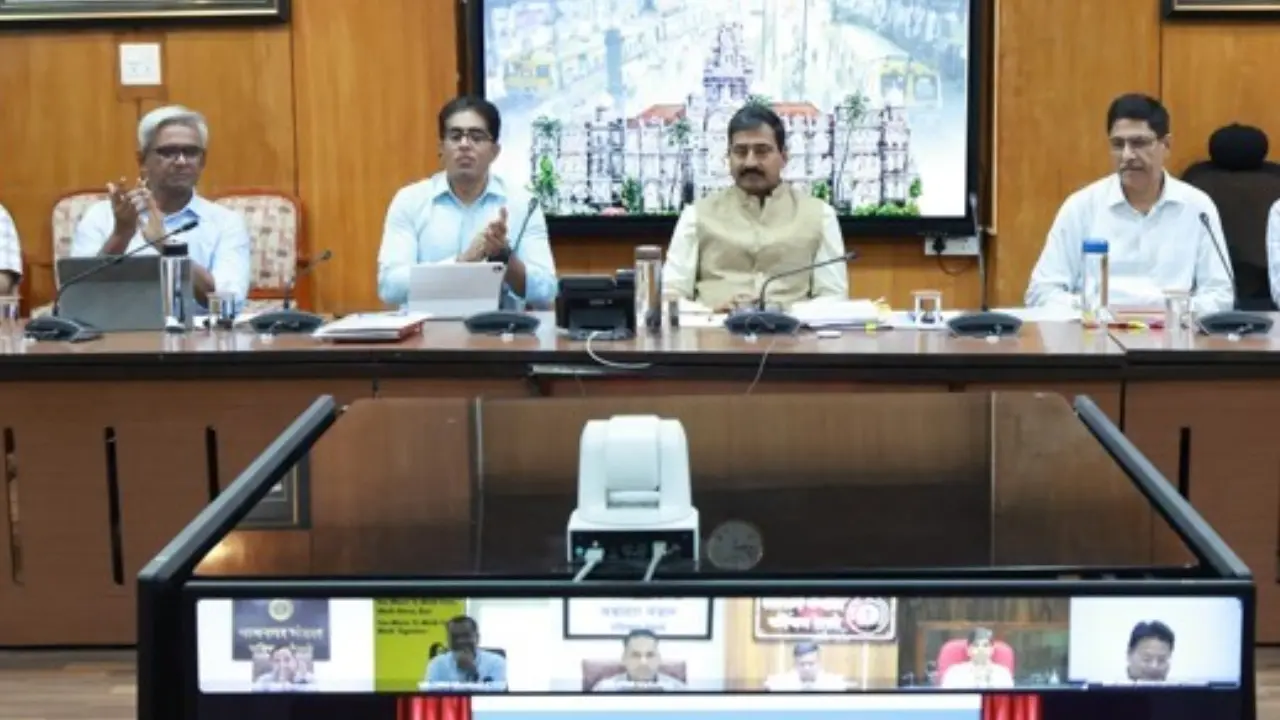Ahead of the inauguration of Navi Mumbai airport on Octorber 8, the Maharashtra government has given its approval to establish a dedicated police station for the international airport, reported the PTI.
The Navi Mumbai International Airport (NMIA) is scheduled to be inaugurated by Prime Minister Narendra Modi on Wednesday.
The passenger flight operations at the airport are scheduled to begin from December 2025, and the facility is expected to handle up to 90 million (9 crore) passengers and 360 million (360 crore) metric tonnes of cargo annually once fully operational.
In light of the security and safety requirements of such a large-scale facility, the Additional Director General of Police (Planning and Coordination) had submitted a formal proposal to the state home department for the establishment of a new police station, according to the PTI.
The area currently falls under the jurisdiction of the Panvel City and Ulwe police stations.
As per the proposal, the new station will be formed by dividing jurisdiction between the two existing police zones.
The home department has now formally approved the plan and authorised the creation of 108 new police posts for the airport station. The approved budget includes a recurring expense of Rs 3.38 crore for staff and operations, and a non-recurring cost of Rs 1.76 crore for infrastructure and initial setup, as per the PTI.
A government resolution (GR) to the effect has been issued, and the new police station will enhance security preparedness as the airport gears up to become a major gateway for both passengers and cargo in Western India.
The Navi Mumbai International Airport (NMIA), one of India’s most ambitious aviation projects. It is developed by Navi Mumbai International Airport Private Limited (NMIAL), a joint venture between Adani Airports (74%) and CIDCO (26%), the airport is located in Ulwe, Navi Mumbai, just 37 km from South Mumbai.
Once complete, NMIA will become one of India’s busiest and most advanced airports.
The airport is being built in five phases, with an eventual capacity of 90 million passengers per year. Phase 1, which is nearing completion, will handle 20 million passengers annually.
There will be four terminals in total, with Terminal 1 designed as an integrated domestic and international terminal. Inspired by the lotus flower, the terminal features unique sculptural columns and sustainable architecture.
The airport`s cargo terminal will handle 0.5 million metric tonnes in Phase 1, scaling up to 3.2 million tonnes later.
(with PTI inputs)











